Come on Tigers! 🐅 ⚾️
11.10.2025 04:01 — 👍 0 🔁 0 💬 0 📌 0Noel Richardson
@astro-noel.bsky.social
Astronomer studying massive stars and binaries with an amazing group of students.
@astro-noel.bsky.social
Astronomer studying massive stars and binaries with an amazing group of students.
Come on Tigers! 🐅 ⚾️
11.10.2025 04:01 — 👍 0 🔁 0 💬 0 📌 0Sabbatical... so I am submitting 8 telescope proposals this season.
1 JWST
1 CHARA
5 Gemini (2 poor-weather, 1 Fast turnaround, and 2 regular)
1 Subaru exchange.
When I was teaching, my time was more limited so I didn't do this to myself.
I wrote back to arXiv and said "if this is an accepted publication, and you are refusing it, then can you please explain why April Fool's Joke papers are allowed?" They responded with a link for how to appeal their decision - but it seemed to say that if I give the RNAAS link, then it should be good
15.09.2025 21:42 — 👍 0 🔁 0 💬 0 📌 0Arxiv is doing what’s its done for years:
April Fools joke papers ✅
Conference papers ✅
Short papers accepted by RNAAS ❌
This bothers me as it literally keeps students from better showcasing their skills - and in this case, it’s a student from a historically underrepresented demographic.
Americans Astronomers
watching watching
US politics Betelgeuse
🤝
“It could happen at any time”

A complete double rainbow in Arizona following a monsoon.
Yesterday, we had a good monsoon storm, with a complete double rainbow stretching from horizon to horizon following.
22.08.2025 15:43 — 👍 5 🔁 0 💬 0 📌 0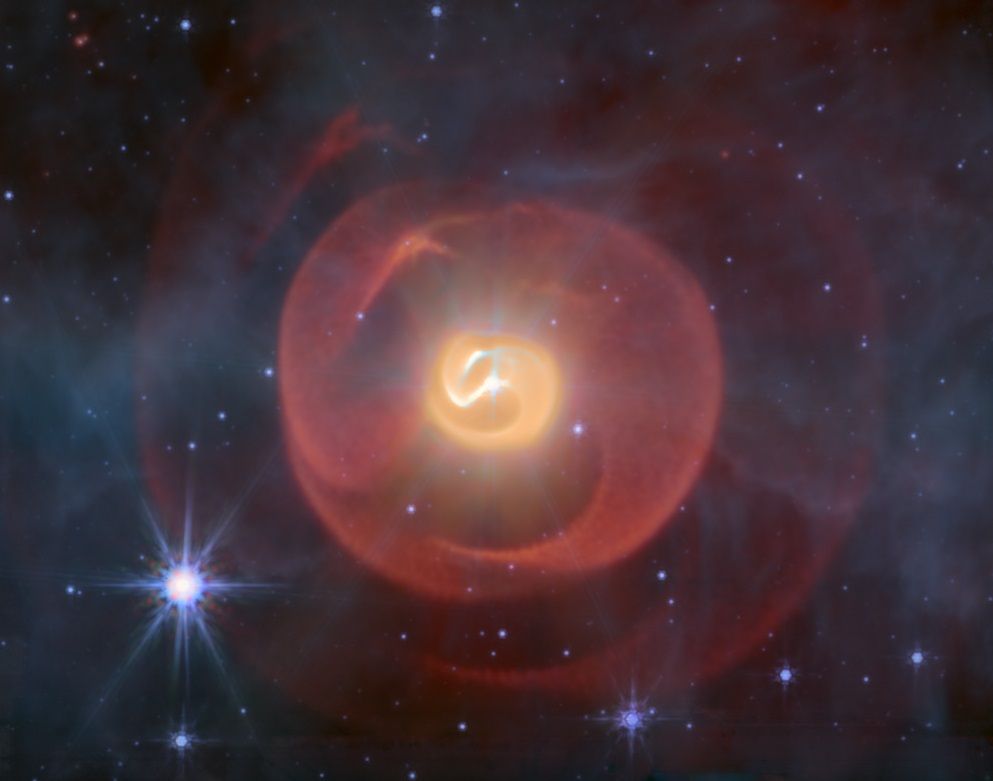
The image shows a false-colour image of the Apep colliding wind nebula as taken by the James Webb Space Telescope (JWST) in the mid-infrared. In the centre of the image, there is an orange-coloured spiral coil of dust, not dissimilar in shape from a snail's shell. There are two concentric repeats of the coil that are larger and encompass the inner shell, and these further out shells of dust are coloured red and get dimmer as they get further from the centre of the image. These far out coils of dust look somewhat like translucent spheres. At the very centre of the image is a small spikey object which are the three stars in Apep that create and hide behind the dust shells. There are stars scattered throughout the image, each with a snowflake-like 'point spread function' that spreads the central brightness of the stars into diffraction spikes. Image credit: Shashank Dholakia for R M T White et al 2025. 'The Serpent Eating Its Own Tail: Dust Destruction in the Apep Colliding-Wind Nebula'. PI: Yinuo Han.
Exciting news! My second first-author paper is out on the arXiv today!! arxiv.org/abs/2507.14610
We present a brand new JWST image of the Apep colliding wind binary in the mid-infrared, and we study what this nebula can tell us about the THREE stars in it's centre. Read on for more... 1/?🔭🧪
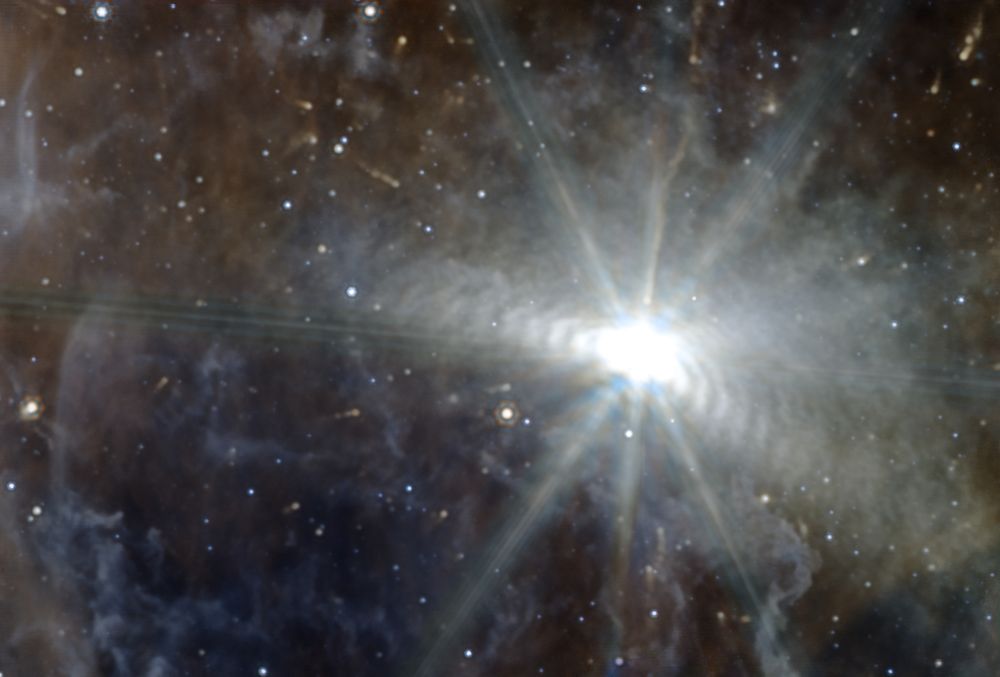
A bright, white star sits right of center. Concentric white rings surround the white star, but are mainly only visible from the 10 o'clock and 5 o'clock positions. The rings appear at mid inclination rather than face on. There are pale clouds around the star, some of which look like skinny comets (they are not comets) with trailing tails, brightest parts toward the star. There are many other stars in the image, but they are dim compared to the very bright subject of the image. Rays known as diffraction spikes surround the star in geometric precision. They are distracting artifacts, but it easy enough to look past them. There are some muddy brown at the top and left of the image and a dark blue to the bottom left. The colors do not necessarily have much bearing on the image as the rings are the important part.
WR 48A from JWST. You know you need some weird in your day.
From GO 4093: Fingerprinting the history of episodic dust creation in Wolf-Rayet binaries, Principal Investigator Noel Richardson
flic.kr/p/2riubcR
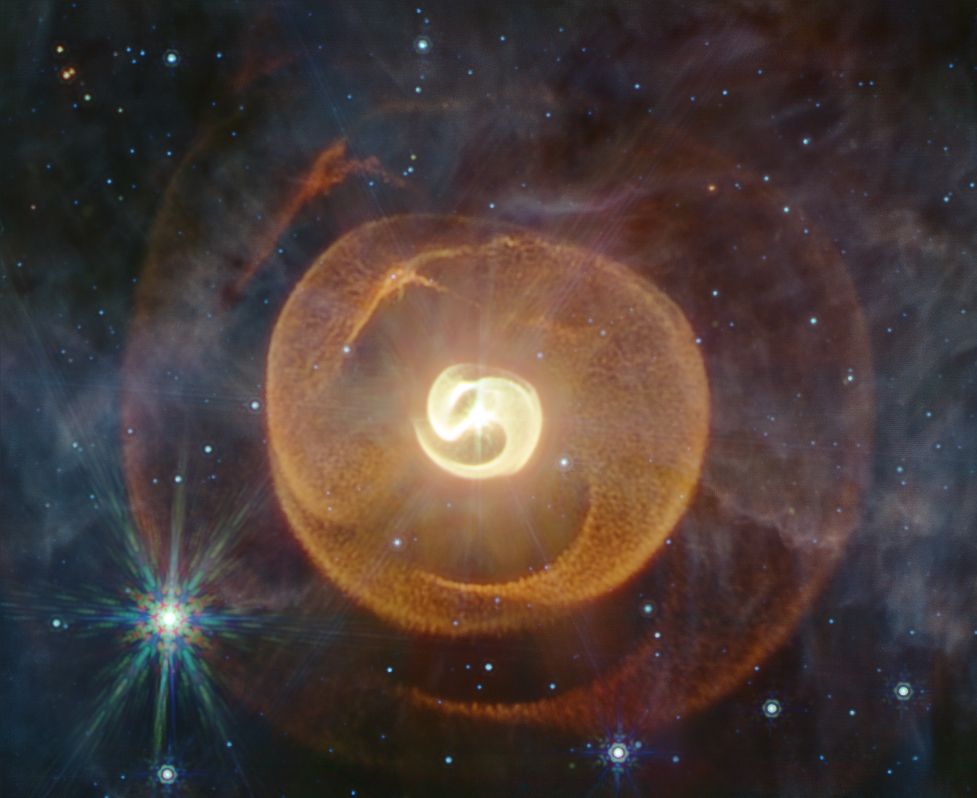
A nebula with a bright star at its center. The nebula has three distinct layers, and the pattern in the layers repeats in a way that implies there are more layers outside the image boundaries, though they would be faint. The shape of the nebula is something like nesting yin yangs, with the center smallest one bright and dense, shining, smooth and golden. The middle one is orange and textured like a sherpa blanket. The largest, outer shell is fainter, and red like an ember. Its texture has softened along with its dissipation into space. There are some small stars speckled around the image, and one annoyingly bright, spiky one that's got too many colors because of the way the light spreads from point sources through the telescope's optics. A pale haze of grayish cloud also covers the scene, but it is sheer and translucent.
Apep. JWST. It's weird. Just look at it.
From GO 5842: What lies beyond the inner spiral of Apep?
Principal Investigator: Yinuo Han
flic.kr/p/2riELBn
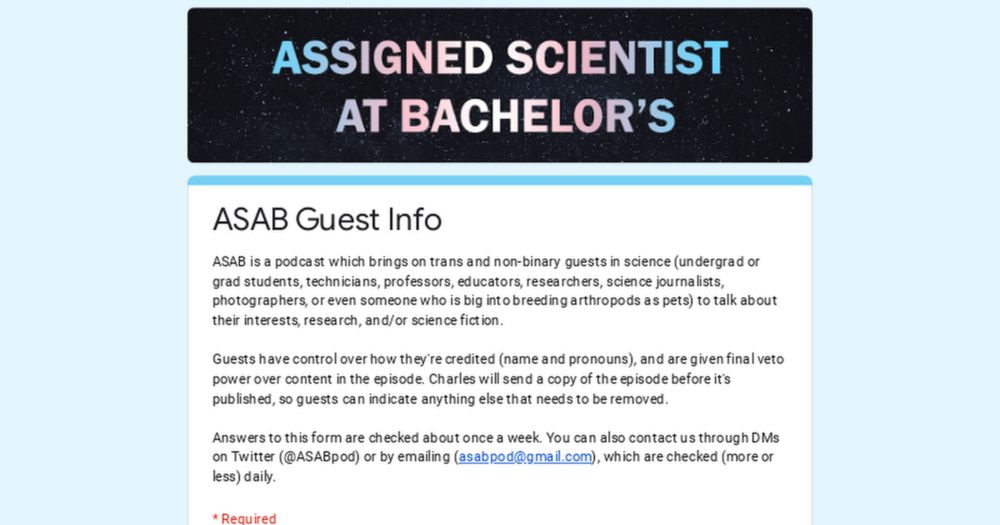
If you're a trans or non-binary scientist, consider appearing on the podcast Assigned Scientist at Bachelor's, the only podcast dedicating to interviewing, and highlighting the research of, trans and non-binary scientists, cohosted by your truly!
23.07.2025 02:23 — 👍 179 🔁 97 💬 3 📌 0Not the most important part of this post by a long shot, BUT...
YAY for massive binary stars and dusty spirals in space! 💫🌀 So excited to be on this paper with @astro-noel.bsky.social and my awesome grad student Emma Lieb.
(And do please sign to #SaveNASA, which funds this super cool research!)
Between family visiting us and a short vacation to Southern California, I think I’ve driven too much lately. So as I decided how to get to Tucson for the Cottrell conference, I booked a shuttle to Tucson, stopping in PHX.
As I see monsoon clouds towards Tucson, I am very happy with this decision.
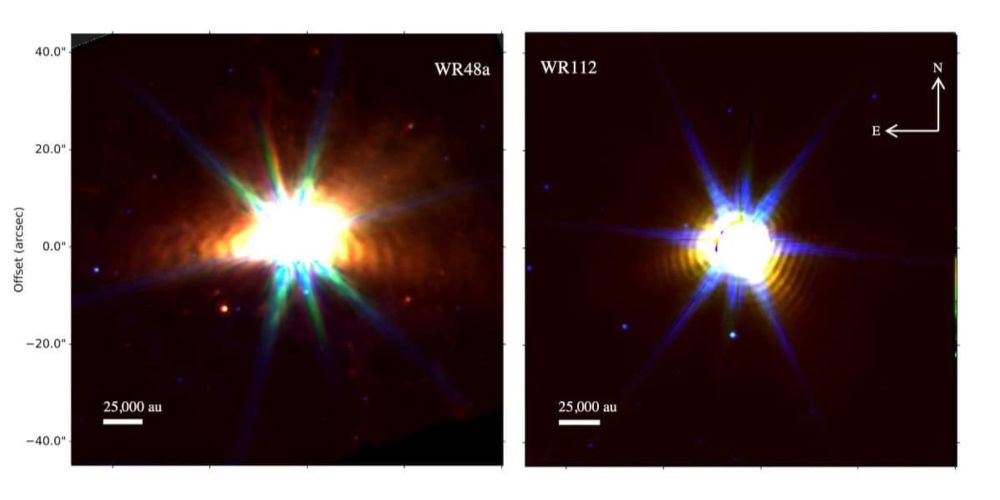
Embry‑Riddle Aeronautical University: Astronomers Unlock Secrets of Cosmic Dust With JWST news.erau.edu/headlines/em...
09.07.2025 03:05 — 👍 5 🔁 1 💬 0 📌 3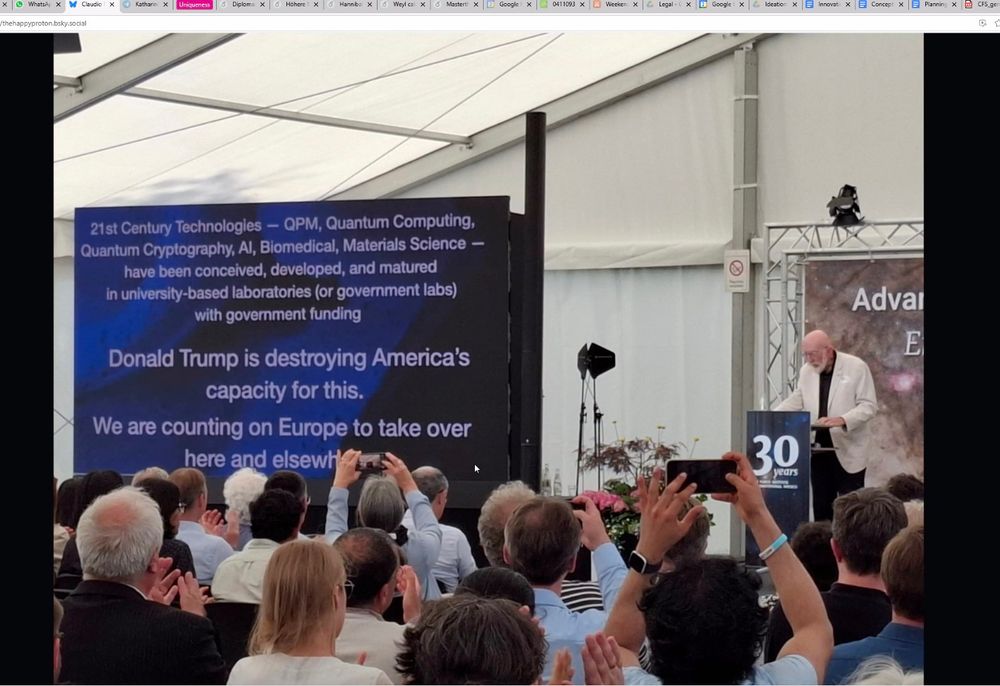
Nobel Prize Laureate Kip Thorne speaking yesterday at the Albert Einstein Institute in Postdam, Germany:
"Donald Trump is destroying America's capacity for [leading science]. We are counting on Europe to take over here and elsewhere." ⚛️ 🧪
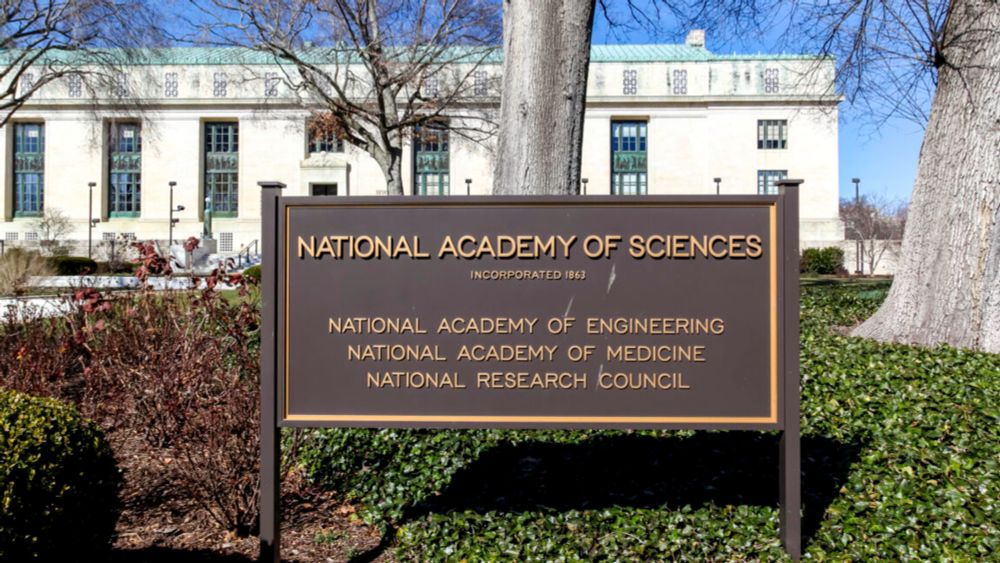
The failure of the National Academy of Sciences USA to make a clear and unequivocal statement about the disastrous Trump administration science policies — it lets all of us down and dooms them to eventual irrelevance.
05.06.2025 04:19 — 👍 812 🔁 234 💬 16 📌 16I have two additional projects that my students are already working on, so more to come in the future.
29.05.2025 15:17 — 👍 0 🔁 0 💬 0 📌 0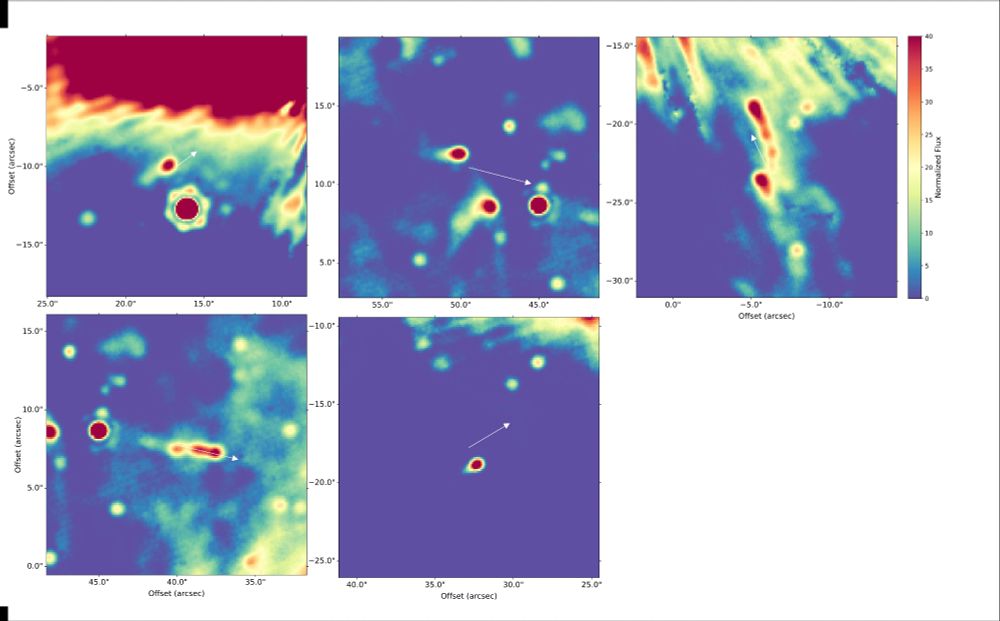
Proplyds around WR 48a. Almost every little object has a "tail" that points away from the WR binary
And one surprising thing, around WR 48a, which is in a cluster of stars, we not only find the dust shells - we find dusty clumps or young stars that look like the Orion proplyds.
29.05.2025 15:17 — 👍 1 🔁 0 💬 1 📌 1This allowed us to measure how old the oldest detected dust was based on knowing the orbital periods of the systems. The dust was up to hundreds of years old!
29.05.2025 15:17 — 👍 0 🔁 0 💬 1 📌 0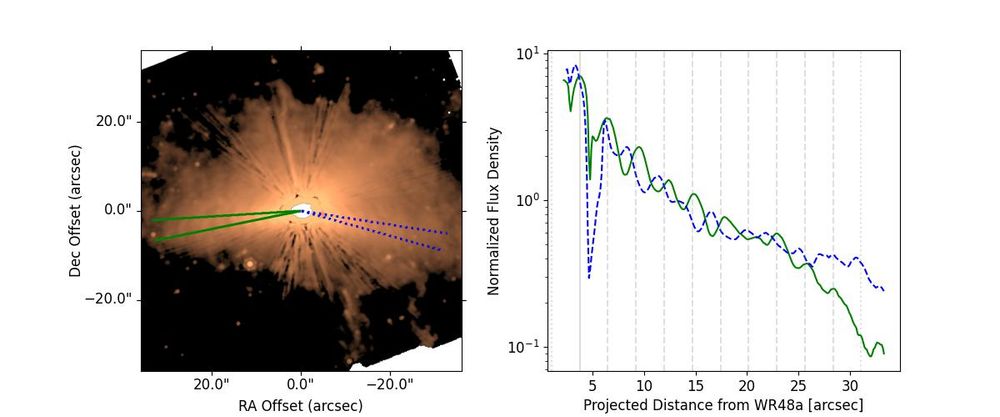
21 um image of WR48a (left) and flux profiles on the right
Immediately, we were able see a large dust structure around each binary. We also managed to measure radial profiles in some directions allowing us to see how many shells we detect:
29.05.2025 15:17 — 👍 0 🔁 0 💬 1 📌 0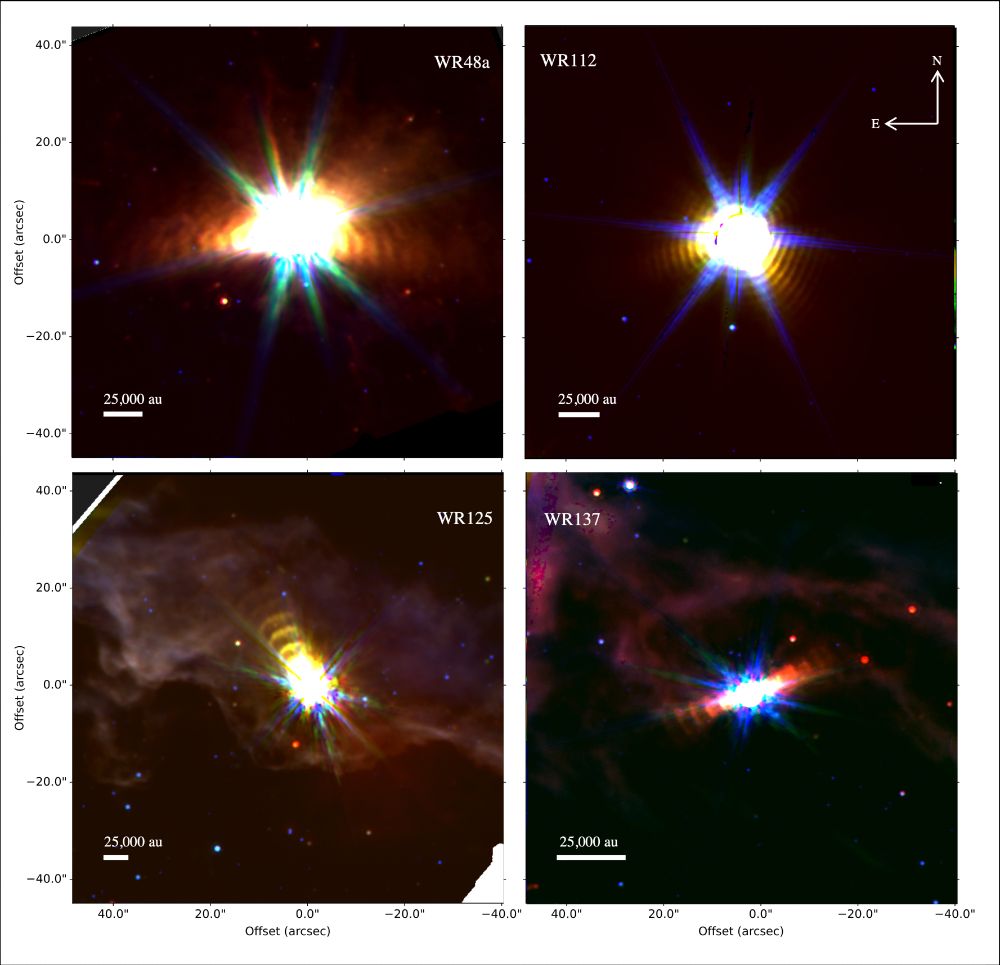
Dusty rings around four carbon-rich WR binaries from JWST/MIRI. Top left: WR48a, top right: WR112, bottom left: WR 125, and bottom right: WR 137 blue = 7.7 um green = 15 um red = 21 um
After we found the dust survived in this harsh environment, I led a team to ask the question: Is it long-lived for all of the harsh environments? So, we proposed for JWST observations in Cycle 2, and finally had observations taken last summer. Here are the four systems we observed
29.05.2025 15:17 — 👍 2 🔁 1 💬 1 📌 0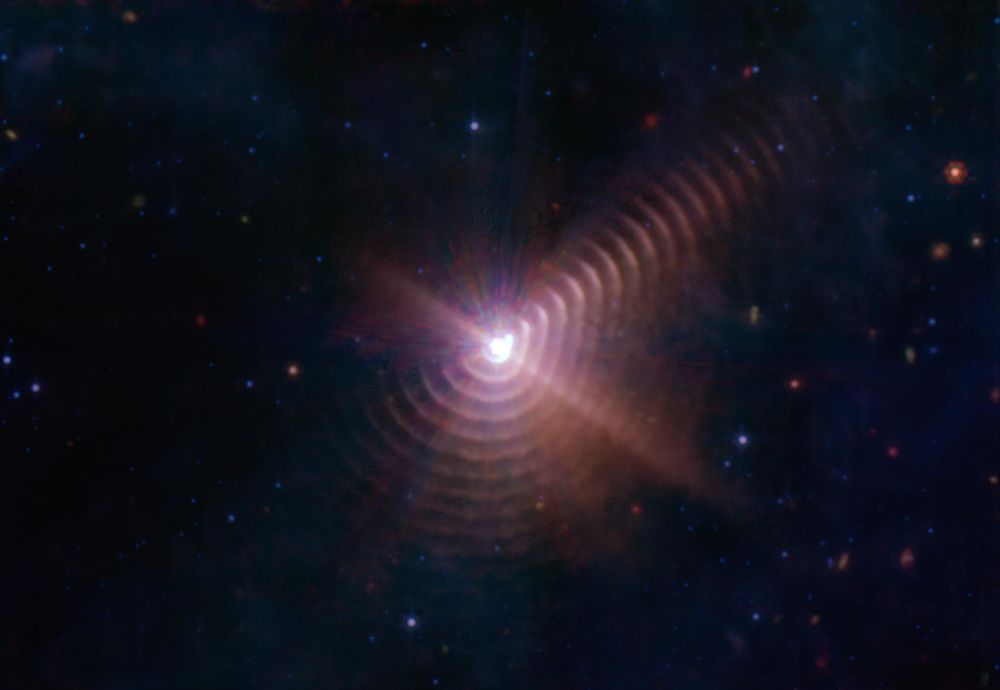
JWST Image of 17 dust shells around the Wolf-Rayet binary WR140
This paper was the result of a follow-up on the famous WR 140 image from JWST
29.05.2025 15:17 — 👍 1 🔁 0 💬 1 📌 0
I am delighted to announce that my paper was accepted to the Astrophysical Journal this morning. Here's the submitted version to arXiv: arxiv.org/abs/2505.11616
29.05.2025 15:17 — 👍 6 🔁 1 💬 1 📌 0This was a fun paper to write. Thanks for putting it up on bsky @astroryan.bsky.social
21.05.2025 01:50 — 👍 2 🔁 0 💬 0 📌 0I submitted mine early (Monday late?) and the number was 6201.
11.04.2025 05:32 — 👍 1 🔁 0 💬 0 📌 0Perhaps one of the more irritating parts of being a faculty member is having to request new software for a computing course. The uni seems to always want these for the upcoming academic year by May, which doesn't allow for much dynamic teaching.
20.03.2025 06:06 — 👍 1 🔁 0 💬 0 📌 0Why do the kids never think 1/(2million) radians is small enough to use a small angle approximation? At that point it isn’t even an approximation 🤦♂️🤦♂️🤦♂️
09.03.2025 20:39 — 👍 0 🔁 0 💬 0 📌 0but to be fair, I had a pretty negative thing at work today. It's amazing how one person and their one comment can really ruffle your feathers. and surprisingly to me, it wasn't even the a**hat in the WH.
07.03.2025 05:00 — 👍 1 🔁 0 💬 0 📌 0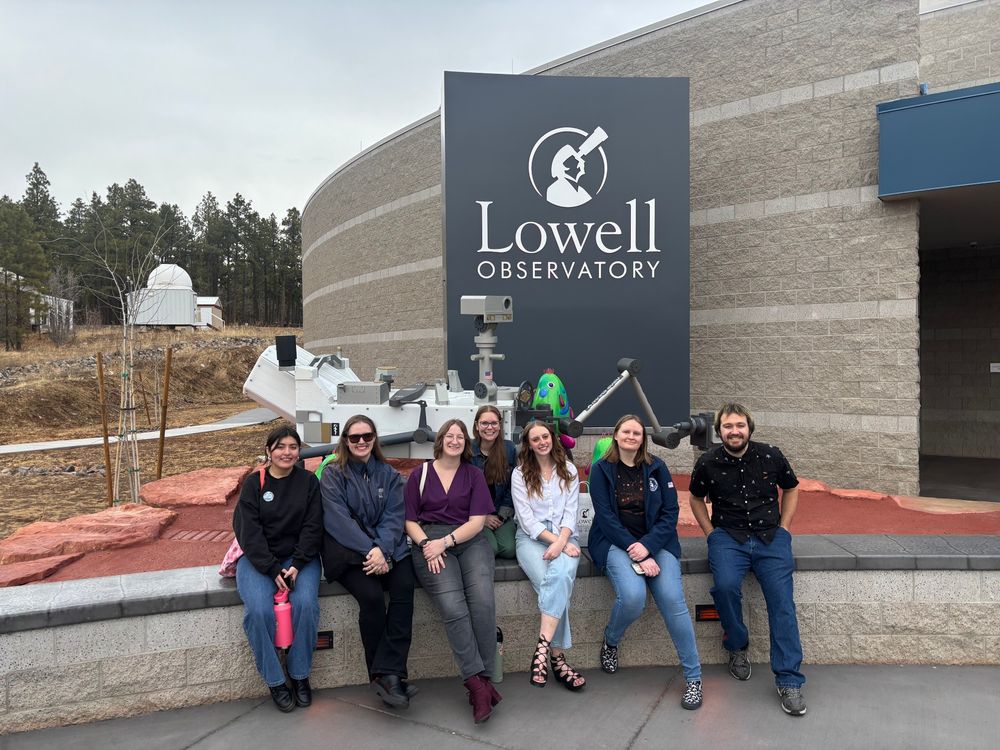
My amazing students at the entrance to Lowell Observatory
been a bit since I posted a good thing of the day, because I've been busy and ignoring social media is not a bad thing... so this week my highlight was attending the Flagstaff Astronomy Symposium at Lowell at seeing my students (past and present) give great talks
07.03.2025 05:00 — 👍 2 🔁 0 💬 1 📌 0It would be beautiful if the Democrats steal the news cycle by all just getting up and walking out in the middle
05.03.2025 02:50 — 👍 4 🔁 0 💬 0 📌 0This list is so long and taking up so much real estate in his speech it’s almost like they want to distract from their massive cuts to Medicaid
05.03.2025 02:47 — 👍 82068 🔁 11423 💬 1840 📌 212